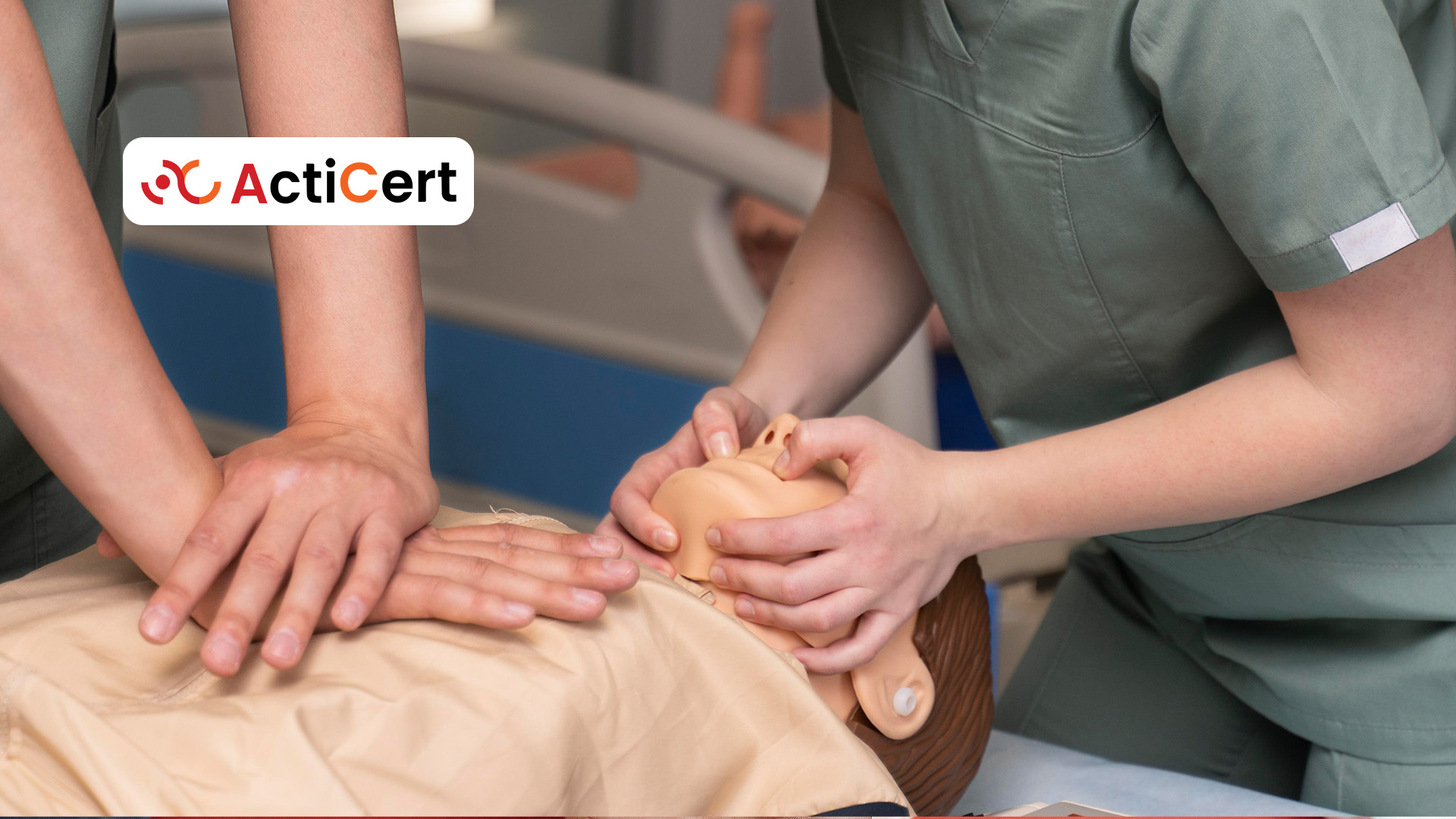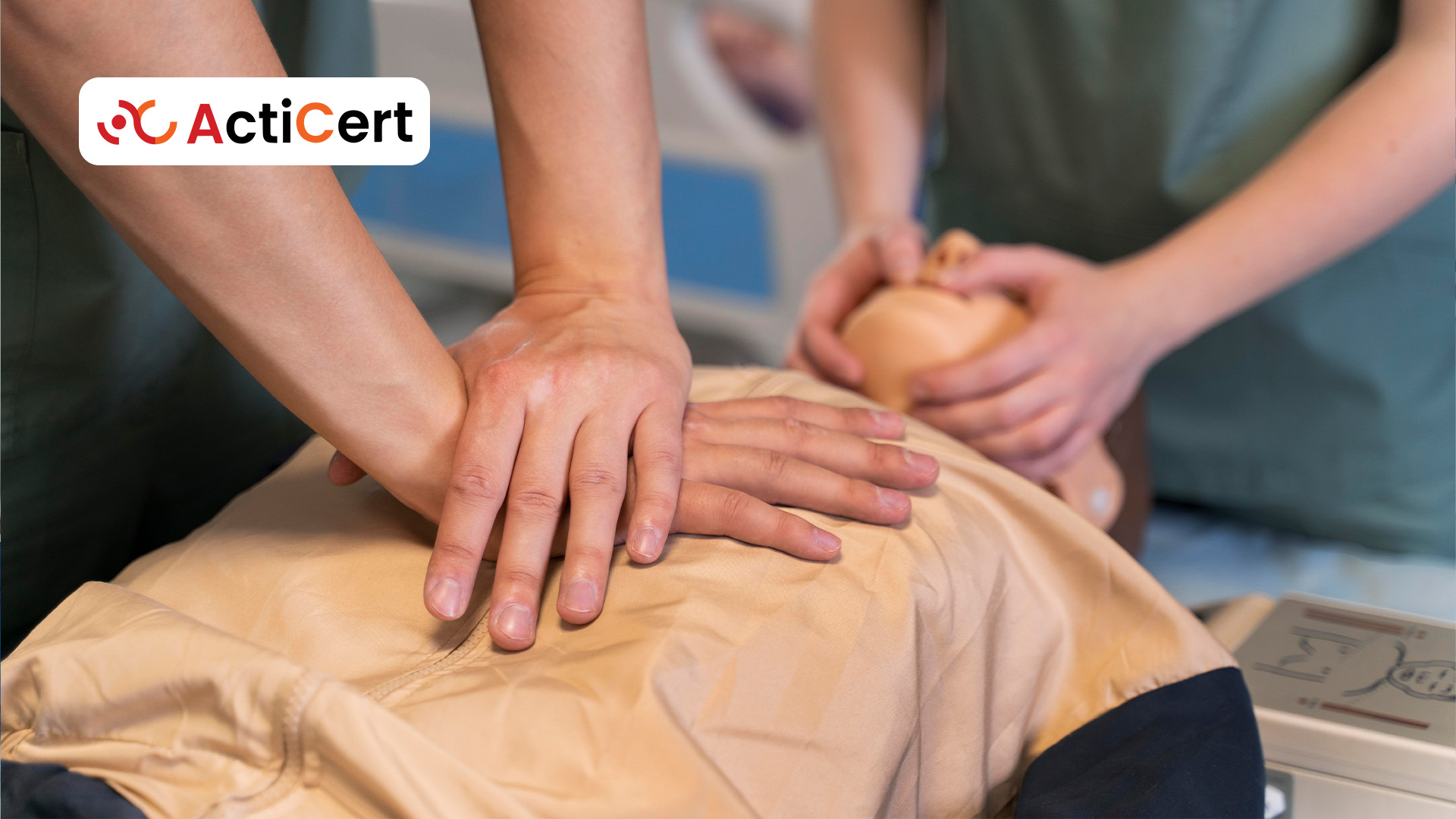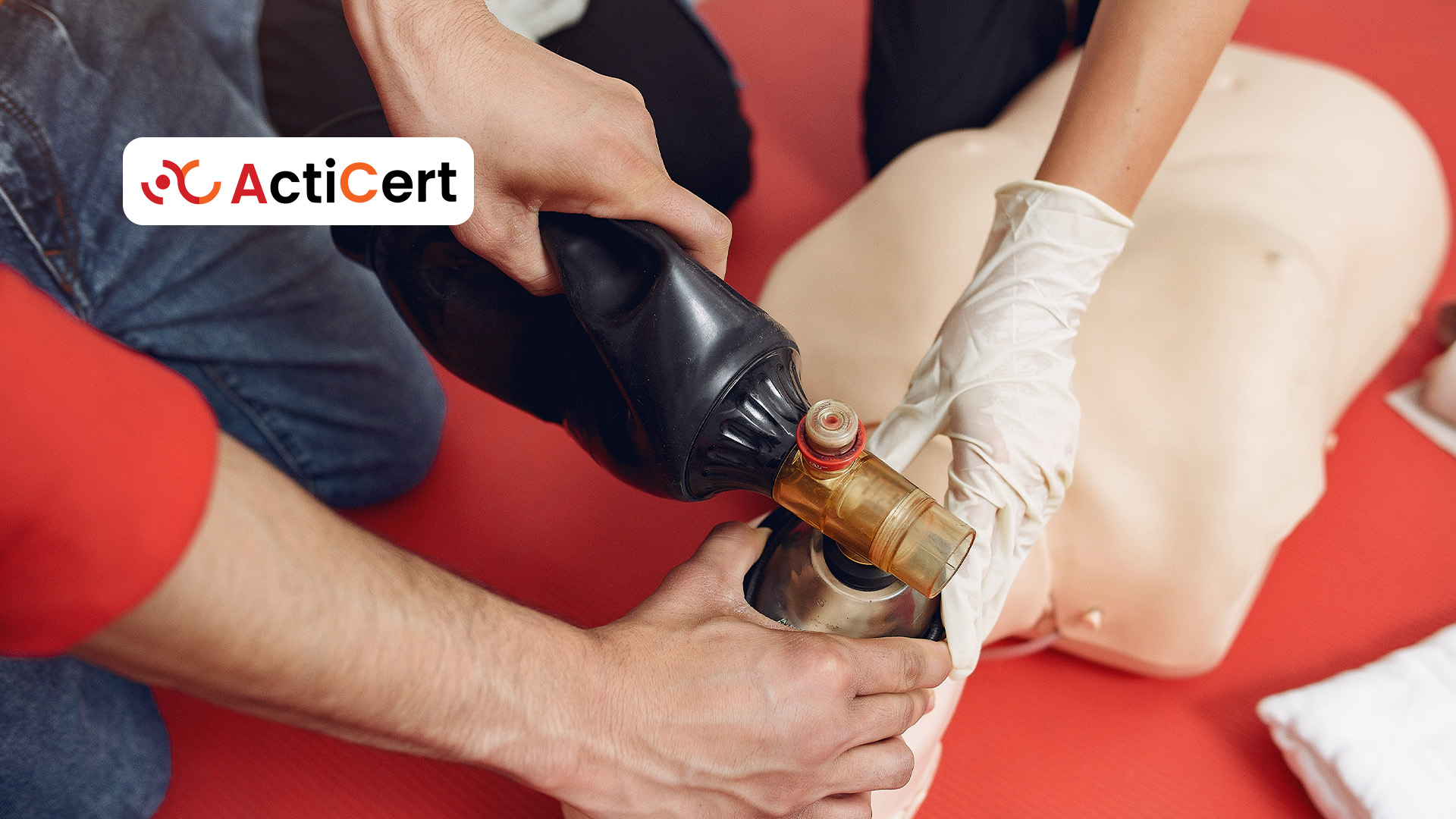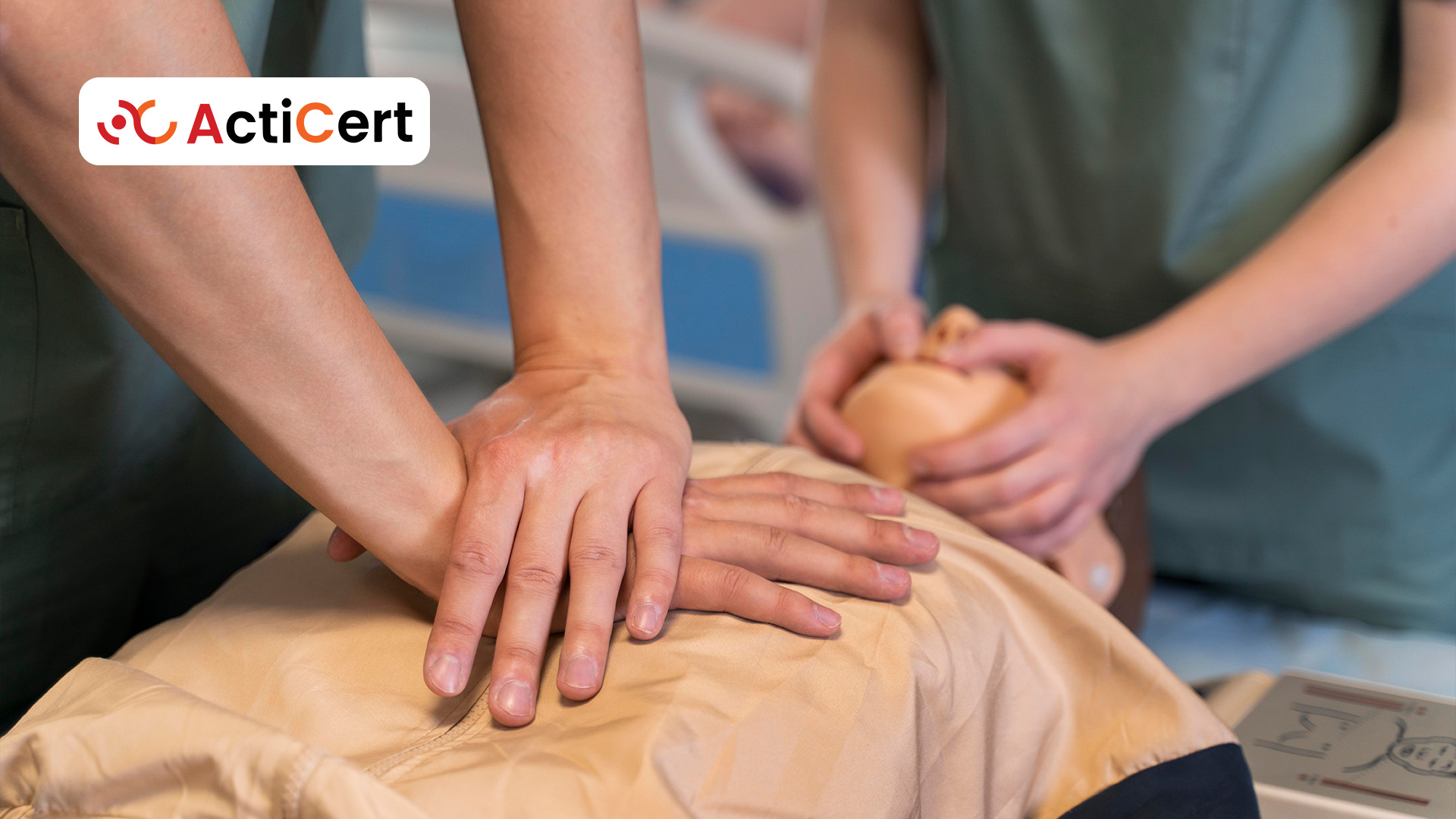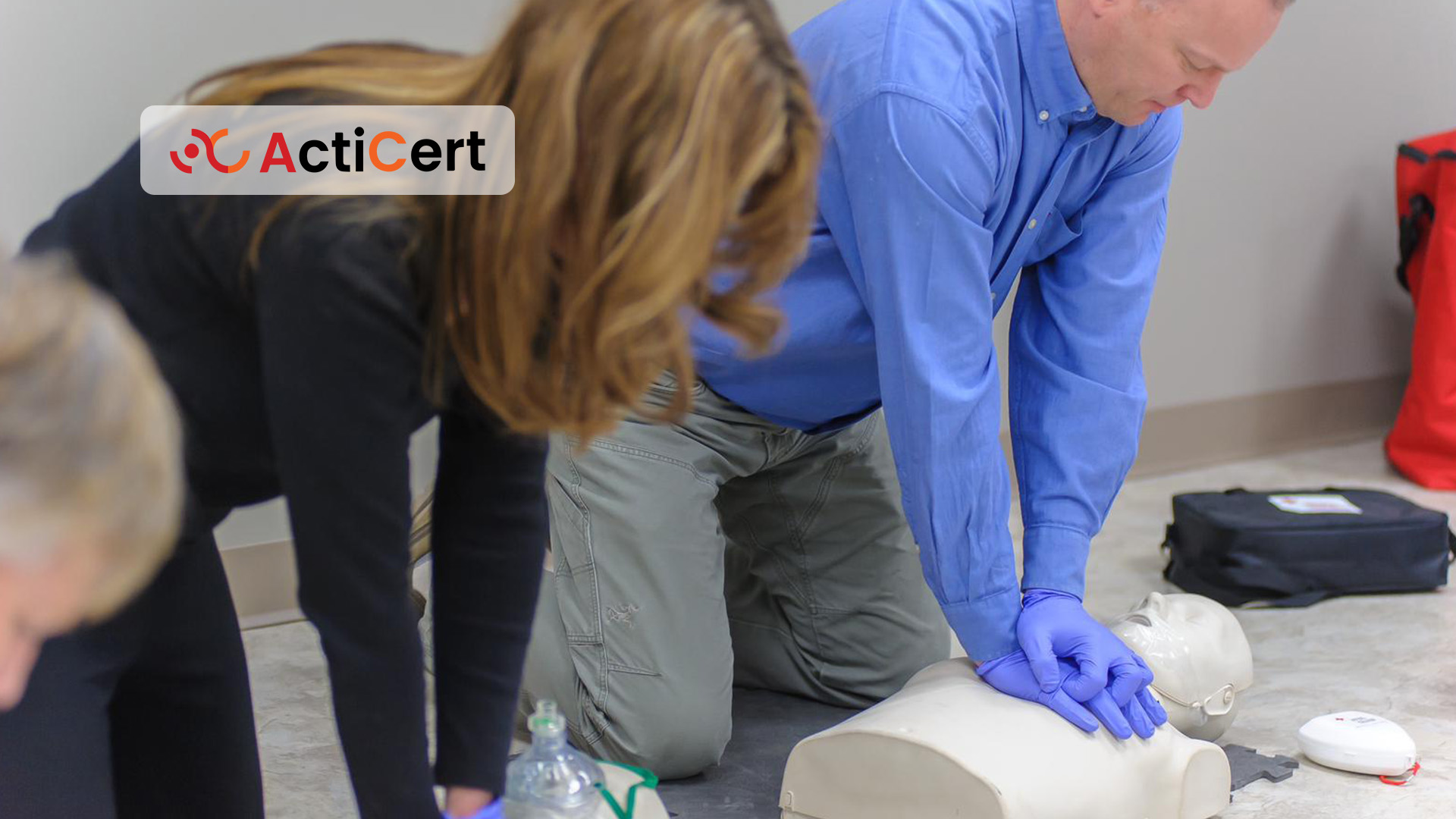
RED CROSS CERTIFICATIONS TO STAMP YOUR SKILLS WITH CREDIBILITY
Red Cross certifications are mandatory for those who want to be professional lifesavers in Canada. Those who enroll in these certifications in the hopes of a better professional and financial life in Canada reap several benefits.
The Benefits of Red Cross Certifications:
These certificate courses are important in Canada. It is because you gain knowledge, skills, and experience to be a professional lifesaver.
You Attract Professional Opportunities:
Many industries in this part of the world hire professional lifesavers. They employ certified professionals. A Red Cross certificate is a prerequisite for those who want to be professional healthcare, childcare, and elder care specialists and provide CPR, first aid, and emergency care.
They get enough opportunities as coaches, lifeguards, and fitness trainers in the domain of sports and recreation.
A Red Cross certification is mandatory in Canada even if you want to be a professional lifeguard, firefighter, paramedic, or rescue worker.
Legal Workplace & Compliance becomes a cakewalk for Canadian employers. The Federal Government of Canada has strictly instructed several industries to hire individuals only if they are first aid certified and CPR specialists.
Focus on hiring certified specialists helps employers comply with Canada’s workplace safety regulations and standards to avoid legal issues.
The right to volunteer and participate in Community Initiatives is another benefit all Red Cross certificate holders get. You become a volunteer with all rights to assist in the following:
- Disaster relief efforts.
- Public safety initiatives.
- Community health programs.
All in all, you get a chance to become an invaluable asset to society.
Access to Skill Enhancement And Public Safety Programs:
Red Cross training courses elevate the level and quality of your skills. Individuals gain the knowledge, skills, and experience required to deal effectively with medical and healthcare emergencies like heart attacks, accidents, injuries, and more to contribute to public safety.
Credibility Stamp:
Red Cross training courses add credibility to your knowledge, skills, and experience. It is because you earn your certification/recertification from a reputed Canadian institute/college/university.
Employers and patients trust a certified first aid service provider from a reputed college/institute/college.
This is merely the tip of the iceberg! Let us tell you separately about the value every Red Cross training course adds to your career.
CPR - AED CERTIFICATION
This course loads first responders knowledge, skills, and experience required to deal with cardiovascular emergencies and choking adults, babies, and children. The certification has two levels (Level A and Level C).
The level A content of this CPR certification guides you about the following concepts:
- The Red Cross.
- The art of responding to medical emergencies.
- The process of check, call, and care.
- The art of recovery position.
- Choking (Adults).
- The art of assisting with medications.
- The art of dealing with medical emergencies like stroke, deadly bleeding, Angina, and heart attack.
- You learn about CPR and AED (Adults).
- Angina and heart attack.
- Stroke.
- CPR and AED– Adult.
- Deadly Bleeding.
Level C of this CPR certification helps you revise your Level A Content. You gain the knowledge, skills, and experience needed to deal with Choking (Children and Babies) and CPR and AED-related issues (Children and Babies).
Those who complete this CPR-AED CERTIFICATION increase their chances of employment in Canada.
Basic Life Support Certification:
This one is for professionals with a duty to respond. The successful completion of this certification loads with knowledge, skills, and confidence in professionals with the duty to respond to requirements to perform cardiopulmonary resuscitation in a team environment.
This BLS certification offers you value in the form of improved glove removal skills. You learn to perform primary assessment without hassles. Performing CPR (Cardiopulmonary Resuscitation) and AED (Automated External Defibrillator). Your knowledge about basic life support reaches the next level. What is more important is you learn about assisted ventilation and airway obstruction.
Do you know the most important thing? This BLS certification makes you eligible for lucrative jobs in various Canadian industries. What are you waiting for? Get it!
Emergency First Aid Blended (Levels A or C)
It is a comprehensive course loaded with knowledge to equip you with first aid and CPR skills to save lives at home, workplace, and in public places. The course offers a lot of value to students. You gain knowledge about the following:
- The Red Cross.
- Skills to perform and respond.
- The Emergency Medical System.
- Process to check, call, and care.
- Skills, experience, and knowledge required to deal with emergencies related to airway obstruction, breathing, circulation, first aid for respiratory, cardiac arrest, and wound care.
Level A of emergency first aid blended (Levels A or C) offers you learning through 4 hours online + 3.5 hours in class. Level C of this offers the same value through 4 hours online + 4.5 hours in class.
All the knowledge you gain through this certification helps you build a lucrative and rewarding career in various Canadian industries.
Standard First Aid Blended (Levels A or C)
The entire discussion is complete without throwing light on this first aid certification. It takes your knowledge and skills related to cardiopulmonary skills to the next level. The certification is for those who need training due to work requirements. It is for those who want to be loaded with more meaningful knowledge to respond to emergencies at home effectively.
Standard First Aid Blended (Levels A or C) takes your knowledge about The Red Cross, the art of preparing to respond, processes related to check, call, and care, airway emergencies, the EMS system, breathing and Circulation emergencies, first aid for respiratory and cardiac arrest, and wound care to the next level.
More importantly, you gain knowledge, skills, and experience needed to deal with bone, muscle, and joint injuries, environmental Illnesses, SMEs (Sudden Medical Emergencies), and several types of poisons.
Again, this one also offers many lucrative career opportunities like all other Red Cross certifications. We suggest you enroll in this certification to elevate the quality of your career.
ActiCert has all these Red Cross Certifications in its courses portfolio. Choose the one that you want to enroll in! You will experience a difference in your career soon.
Enrol now! Have you got a question? Call our support staff immediately!

